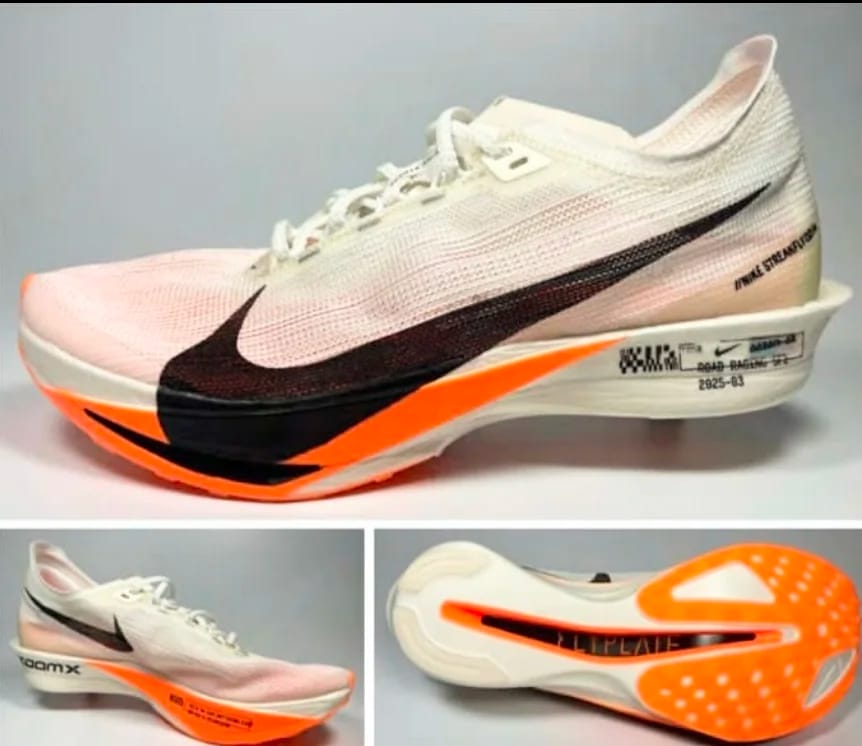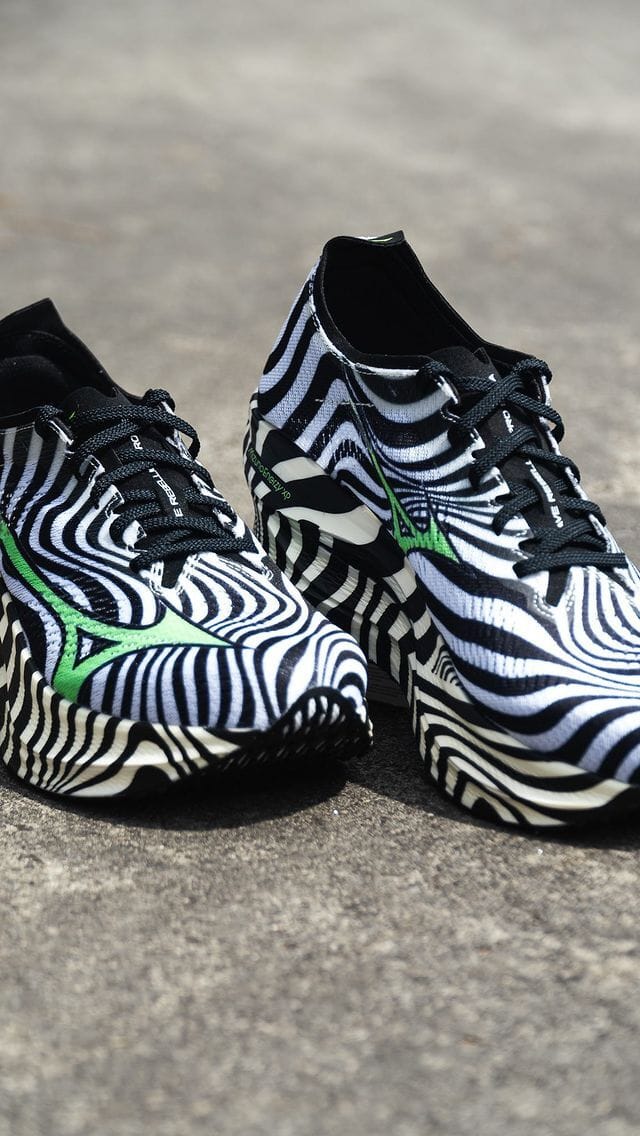- Zato Athletic Club
- Posts
- Run Culture S24 Vol 18
Run Culture S24 Vol 18
Land of the Rising Sun
I took a much-needed week off from running to recover and recuperate. There's been a lot of life admin and travel going on lately. As much as I hated stepping back for a week, it was nice to feel refreshed and focus on other things. Don’t worry though—I’m back into it this week, and that means this newsletter is back too!
This week’s newsletter is all about Japan. Japan's running culture is like nothing else, and I’m genuinely envious of how much mainstream attention running gets in the island nation. So today, we’re going to look at the Mizuno Secret Shoe, Nike Streakfly 2, the Ran to Japan YouTube series, and the Japanese Method of training.
Let’s jump in!
The Shop Front
Mizuno Secret Shoe
Mizuno has been making a resurgence in the running shoe game lately, first with the Neovista and now the "Secret Shoe," which has been getting a lot of hype. Turns out the Secret Shoe is the third iteration of the Mizuno Wave Rebellion Pro. The beta version is dropping in Aus on October 17, and Mizuno is not holding back on the design.
Nike Streakfly 2
While Nike isn’t a Japanese brand, it does have deep roots in Japan through Blue Ribbon Sports and Onitsuka. If you haven’t read Shoe Dog by Phil Knight, I highly recommend it. It’s crazy to think that if a few things had gone differently, there might not even be a Nike. In true Japanese style, Nike went all out with the design of the Streakfly 2, which looks like it’s targeted at a very niche audience: fast forefoot runners looking for a track spike feel on the roads. It’s an aggressive competitor to the Adidas Takumi Sen range, designed for road miles and 5km races.

Normally, I would have some clothing news, but initially, I had planned to review the new Moonshot Athletic Club range, which you guys recommended as an underrated brand. But since I took the week off from running, I wasn’t able to test it out. Coming next week, I’ve got a windbreaker—which I’m excited to try before it gets too hot—plus a T-shirt and singlet. I know I say this a lot, but I’m genuinely excited about this brand after talking to the founders. Supporting independent brands is the way to go, and learning their story is an important part of that journey.
The Cafe
Ran to Japan
The dream is to live in a foreign country as incredible as Japan and run as much as possible, right? Well, Jake Barraclough did just that, and when I say he runs as much as possible, I’m not joking. He’s taken on the Japanese Method (which we’ll dive into more later) by running up to 300km a week, pushing the limits to reach his goal of becoming the fastest marathoner with the slowest natural speed.
It’ll be interesting to follow his journey to see if there’s a point of diminishing returns for marathon running at such high weekly mileage and how the human body handles such an insane load.
The Gym
Japanese Method
The Ran to Japan series got me thinking: why is Japan one of the best countries for producing sub-2:10 marathoners after East Africa? Jake mentioned The Way of the Runner, which I’m currently reading. In the meantime, I’ve done a bit of research to understand how and why the Japanese are such incredible runners and how we might integrate some of their methods into our own training.

High Volume, Consistent Mileage: Japanese runners consistently run 160-200km (100-125 miles) per week, year-round, building a strong aerobic base.
Ekiden Focus: Ekiden, Japan’s long-distance relay races, foster a strong team mentality and rigorous preparation. The focus is on distances from the half marathon upwards, compared to Western countries that emphasize the 1500m to 5km early in a runner’s career.
Marathon-Specific Training: Japanese marathoners often do 30-40km runs at marathon pace to sustain long efforts.
Mental Toughness: Perseverance, or "gaman," defines Japanese runners, who develop mental resilience through grueling training camps. This fortitude is key to their race-day strength.
Corporate Teams & Pyramid Structure: Japanese runners are supported by corporate teams, which provide financial stability and follow a pyramid training structure—high mileage first, then race-specific speedwork.
The Japanese Method is really intriguing and makes you wonder: is their performance more about culture than just the high-volume training? For someone like me, this style isn’t feasible due to time constraints and, honestly, injury concerns—and I imagine most of you feel the same. But if you’re young and have endless time like Jake Barraclough, this might be a method worth exploring, especially if you’re into longer distances.
As always thanks for reading this weeks newsletter. We will be back again next week with another write up of all things running culture. In the meantime don’t forget to subscribe and follow us on Instagram I swear I will get back to regular posting over there.

